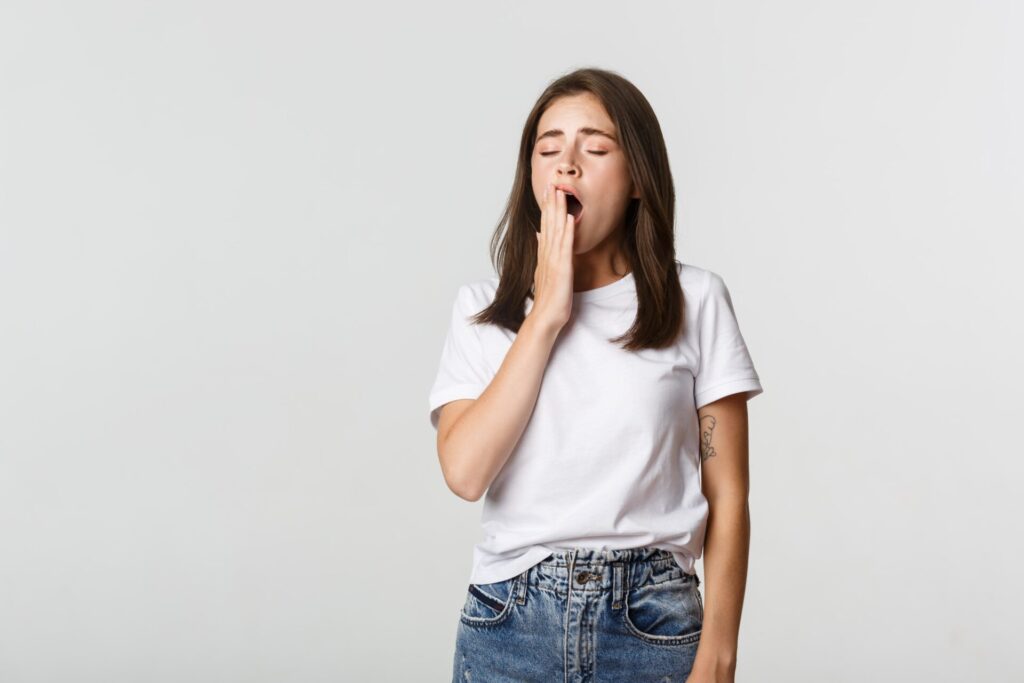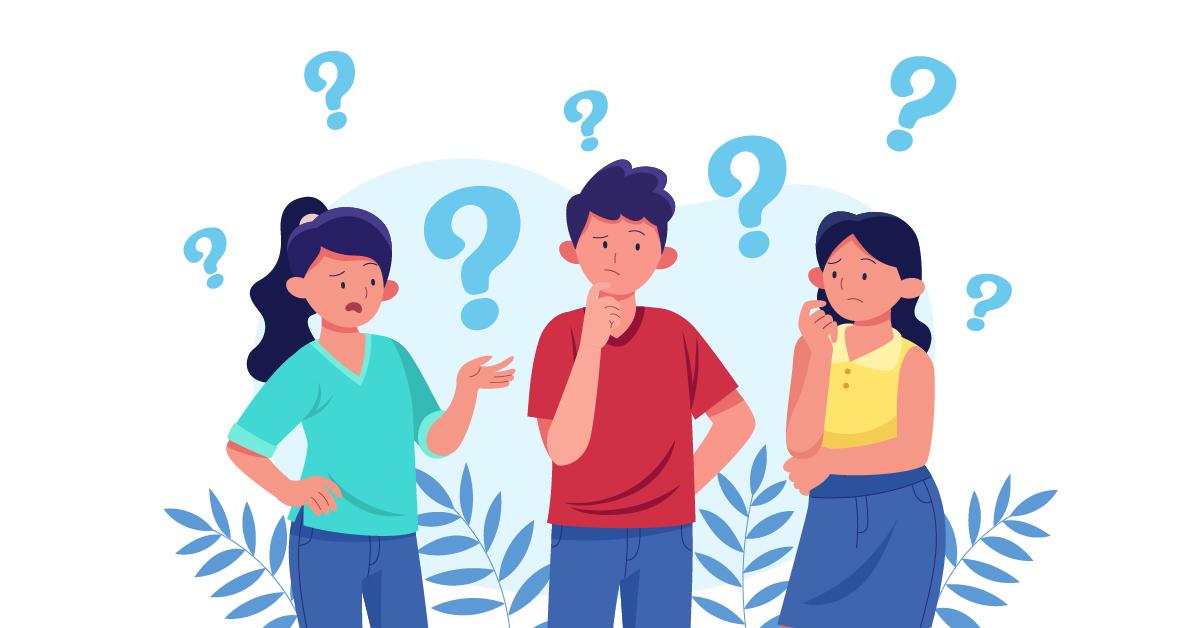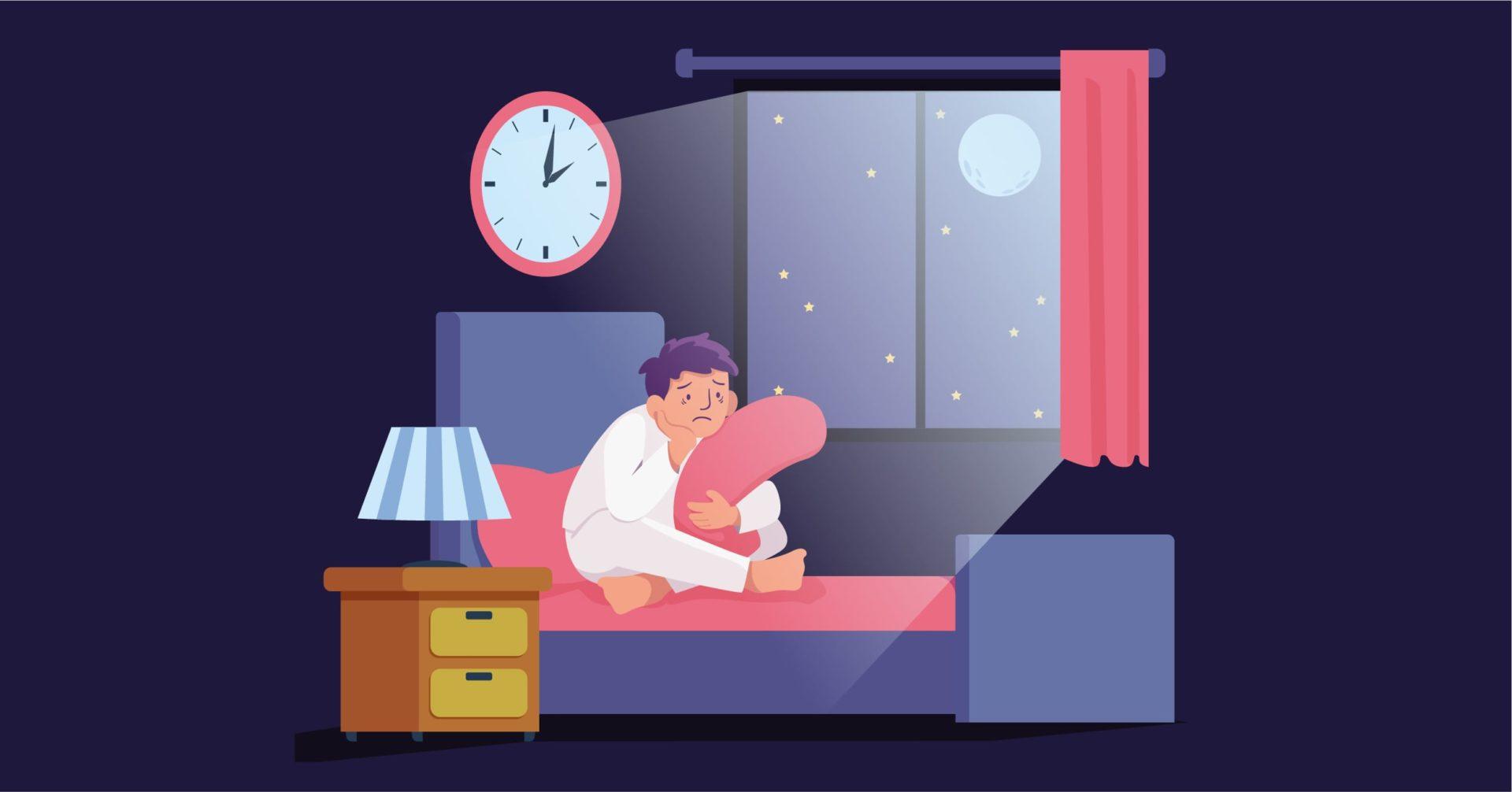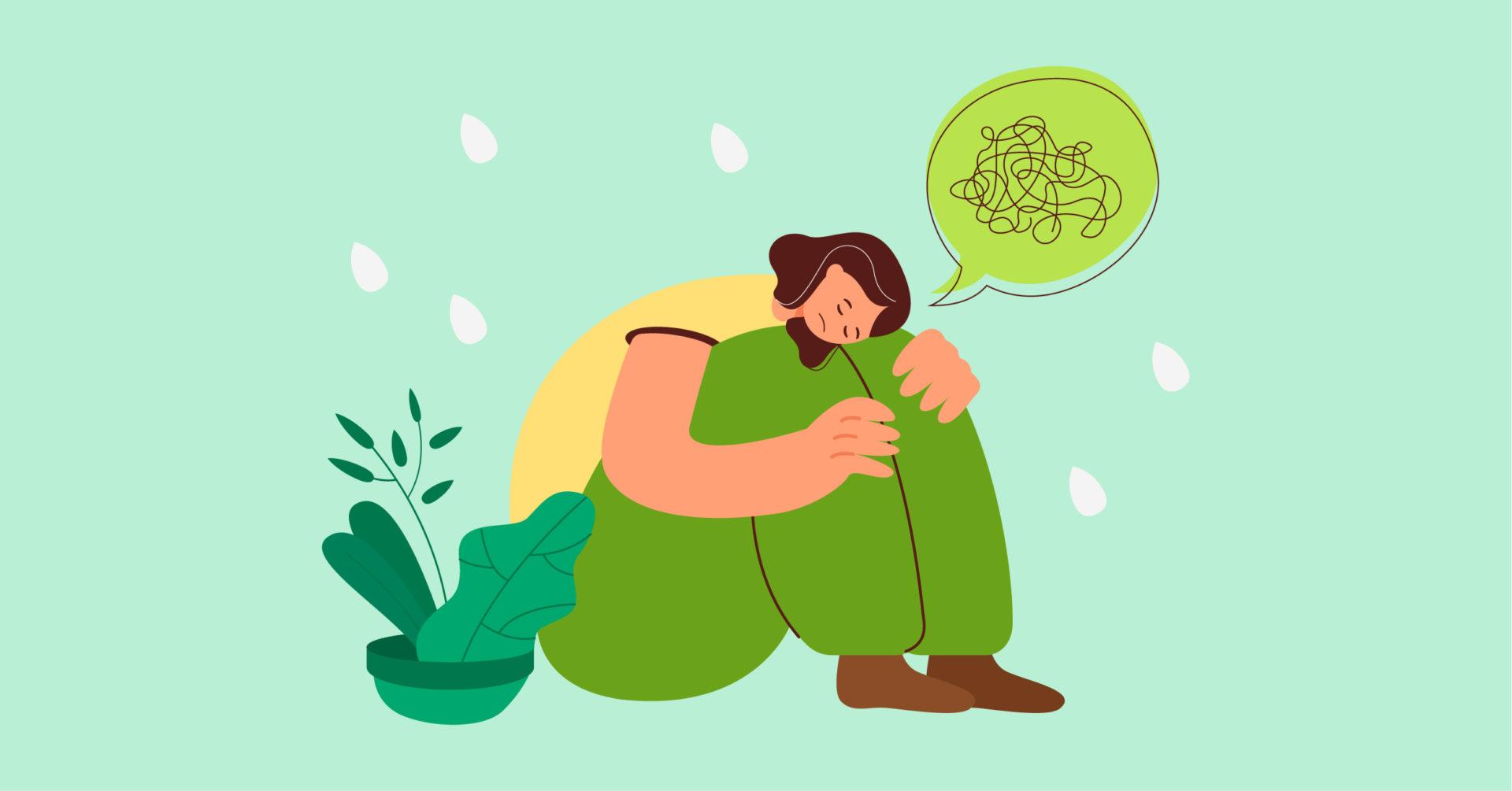Overview
Hypersomnolence disorder, in the DSM-5, is described as a disorder that causes excessive daytime sleepiness, in spite of long periods of night time sleep, impaired wakefulness, brain fog, and impaired vigilance and/or sleep inertia, wherein the presenting symptoms are not better explained by other sleep, medical, or mental disorders.
While demarcated in the DSM-5 as an independent disorder, the term “hypersomnolence” is often used interchangeably with “hypersomnia”, “somnolence”, “excessive somnolence”, and “excessive daytime sleepiness”. “Idiopathic hypersomnia” is an overlapping term laid out by the International Classification of Sleep Disorders (ICSD-3).
The causative factors of hypersomnolence are unclear, which leads to the addition of “idiopathic” as part of the ICSD-3’s terminology for the disorder. Genetic predisposition, immune system dysfunction, hormonal dysfunction, as well as clinical history are primarily speculated correlates.
Diagnostic criteria have been laid out for clinical assessment, while subjective and objective evaluation measures are also available. While no specific pharmacological mode has been determined specifically for hypersomnolence, wakefulness promoting agents may be prescribed.
Non-pharmacological modes of treatment commonly include lifestyle changes and sleep hygiene practices.
Signs and Symptoms
The following signs and symptoms of hypersomnolence may be experienced:
- Feeling unrefreshed even after an adequate amount of sleep (7-9 hours)
- Falling asleep quickly
- Excessively sleeping during the daytime (in spite of a full night’s sleep)
- Impaired quality of wakeful state, such as not feeling fully awake
- Dozing off while unoccupied during usual waking hours
- Abnormally long night time sleep
- Significant difference in vigilance right after waking up (sleep inertia)
- Mental confusion (also known as sleep drunkenness) that may persist for several hours after waking up
- Carrying out “automatic” behaviors without realizing, such as driving without awareness
Risk Factors
While no sex-based preponderance is universally recognized, one demographic study involving an adolescent population found a female preponderance in the prevalence of hypersomnolence. The onset of the disorder is progressive, with symptoms presenting between the ages of 15 to 25.
Hypersomnolence is attributed to being idiopathic, in that the causative factors of the disorder are largely unknown. Genetic and hormonal correlates are often considered, with a family history of excessive sleepiness or another central disorder or hypersomnolence such as narcolepsy being present in up to 38% of patients with hypersomnolence.
Immune, autonomic and inflammatory system dysfunction are also proposed aetiological factors. Symptoms of the disorder can also appear or be exacerbated by psychological stress or alcohol use.
Hypersomnolence also occurs as an after-effect of viral infections such as HIV pneumonia, infectious mononucleosis, and Guillain-Barre syndrome, as well as of head trauma.
The disorder often co-occurs with mood disorders such as depressive disorders, bipolar disorders, and seasonal depression. Additionally, neurodegenerative disorders such as Parkinson’s, Alzheimer’s, multiple system atrophy, may also be linked with hypersomnolence. (DSM)
Diagnosis
Diagnostic measures for hypersomnolence include multiple sleep log tools in addition to criteria laid out in diagnostic manuals.
The criteria for the disorder include self-reported excessive sleepiness in spite of a main sleep period of at least 7 hours, along with either:
- Recurrent periods of sleep within the same day
- Unrefreshing sleep periods lasting for 9 hours or more
- Difficulty in feeling fully awake after waking up abruptly
For diagnosis, these symptoms are required to have been present for at least 3 months, and experienced at least thrice a week. Presence and effects of underlying sleep disorders (such as narcolepsy), substance use or medication invalidate the diagnostic possibility of hypersomnolence.
The DSM-5 provides specifiers on the basis of correlates, duration, and severity.
The presence and degree of excessive sleepiness can be determined subjectively through self-report questionnaires, or objectively with the help of:
- Wrist Actigraphy: an actigraph unit, usually a watch-like sensor, is worn on the wrist to measure sleep-wake cycles.
- Polysomnography: a form of sleep study that measures various parameters such as movement, heart rate, oxygen levels, and more with the help of electrodes attached to the body.
- Multiple Sleep Latency Test: the gold standard in assessing excessive daytime sleep, the MSLT consists of a series of naps to measure the amount of time individuals would require in order to fall asleep, known as sleep latency. The mean sleep latencies are calculated and assessed.
Treatment
The modes for treatment of hypersomnolence are both pharmacological and non-pharmacological.
Upon initial diagnosis, lifestyle modifications may be suggested as a preliminary strategy. Further, sleep hygiene practices to ensure adequate sleep such as environment-related changes, avoidance of stimulants that affect sleeping patterns, diet control, and maintenance of sleep schedules are suggested.
In order to help reduce excessive daytime sleepiness, scheduled naps may be taken. Further, caffeine may be consumed in limited quantities at appropriate times to help with the same.
Support groups and patient advocacy groups can be helpful as well, and the availability of the same should be included as a part of patient counselling.
While no medication has been specifically approved for the treatment of hypersomnolence, agents that reduce drowsiness and sleep attacks may be prescribed.
These include modafinil, amphetamines, methamphetamines, dextroamphetamines, and methylphenidates. Limited data suggests the efficacy of modafinil in improving the ability to maintain wakefulness and reduce subjective sleepiness
Specialists
Sleep medicine specialists are often involved in the diagnosis and treatment of hypersomnolence, but it is important for general practitioners to know the symptoms of sleep disorders.
Diagnosis and treatment can also involve looking for comorbid conditions, and neurological causes need to be ruled out through laboratory tests
In Conclusion
Even after a restful or lengthy night’s sleep, hypersomnia is an uncommon sleep disorder that makes you feel overly drowsy during the day. Additionally, it frequently makes it difficult to wake up after a nap or nighttime sleep. Taking a nap rarely feels rejuvenating.
Frequently, the illness worsens over a period of weeks or months. Hypersomnia must be ruled out along with other more prevalent sleep disorders.
The goal of treatment is to use medicine to control symptoms. It is important to reach out to a professional in order to identify the symptoms and get proper counseling.
A counselor will help in making lifestyle changes that may help in reversing the disorder like sleeping patterns, diet control, and maintenance of sleep schedules.
Book a session with us today.





